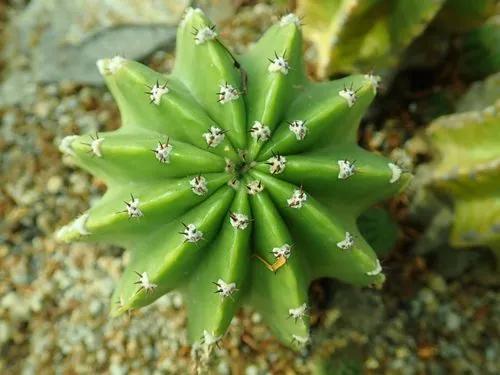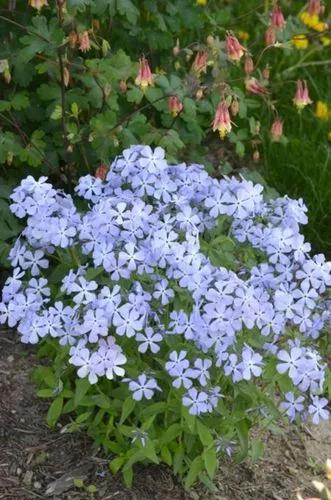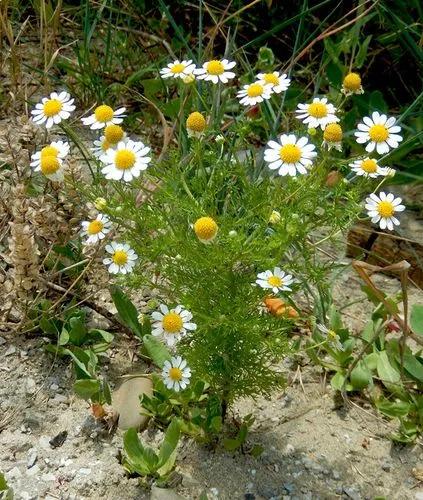A shrub or small tree growing 5 to 10 m (16 to 33 ft) high, the pomegranate has multiple spiny branches and is extremely long-lived, with some specimens in France surviving for 200 years. P. granatum leaves are opposite or subopposite, glossy, narrow oblong, entire, 3–7 cm (1+1⁄4–2+3⁄4 in) long and 2 cm (3⁄4 in) broad. The flowers are bright red and 3 cm (1+1⁄4 in) in diameter, with three to seven petals. Some fruitless varieties are grown for the flowers alone. Red-purple in color, the pomegranate fruit husk has two parts: an outer, hard pericarp, and an inner, spongy mesocarp (white "albedo"), which comprises the fruit inner wall where seeds attach. Membranes of the mesocarp are organized as nonsymmetric chambers that contain seeds inside sarcotestas, which are embedded without attachment to the mesocarp. Containing juice, the sarcotesta is formed as a thin membrane derived from the epidermal cells of the seeds. The number of seeds in a pomegranate can vary from 200 to about 1,400. Botanically, the edible fruit is a berry with seeds and pulp produced from the ovary of a single flower. The fruit is intermediate in size between a lemon and a grapefruit, 5–12 cm (2–4+1⁄2 in) in diameter with a rounded shape and thick, reddish husk. In mature fruits, the juice obtained by compressing the seeds yields a sour flavor due to low pH (4.4) and high contents of polyphenols,[13] which may cause a red indelible stain on fabrics. Primarily, the pigmentation of pomegranate juice results from the presence of anthocyanins and ellagitannins.
Pomegranate Bonsai Care
Pomegranate Bonsai Tree



How to Care for the Plant

Water

The pomegranate tree requires regular watering to keep the soil slightly moist, but not overly wet. Watering should be reduced over the winter months. Misting the tree on a weekly basis is beneficial.

Pruning

Regular pinching-out of each first or third leaf will increase the plants foliage. It is better to allow young shoots to mature and lengthen before they are cut back to the desired length.

Fertilizer

Use a liquid bonsai fertilizer or half-strength general purpose plant food every two weeks from spring to autumn. Do not fertilize for three months after repotting. The Pomegranate tree can benefit from an addition of pulverized organic fertilizer in mid-spring.

Sunlight

It needs good light, but needs protection from drying winds.

Soil

Pomegranates are native to places with alluvial soil. They need a potting mix that is well draining and centered around decomposed granite. They also need organic nutrients to produce the broad leaves, flowers and fruit. A mix of 60 per cent aggregate and 40 per cent organic is good.

Temperature

They prefer warm, sunny locations but may need a bit of shade during their dormant period in the winter. The ideal temperature for a pomegranate bonsai tree will be above 41 degrees Fahrenheit.

Additional

Trees can be sprayed every couple of months with an insect spray that is non-toxic, but not when the soil is dry. It is a deciduous tree and drops most or all of its leaves in the winter, but does not produce bright, autumn colors. It has striking flowers that bear fruit and a thick trunk with attractive bark. The trunk has a natural twist that gives a gnarled and ancient appearance which is very appreciated in bonsai.

Popularity

264 people already have this plant 115 people have added this plant to their wishlists
Discover more plants with the list below
Popular articles






